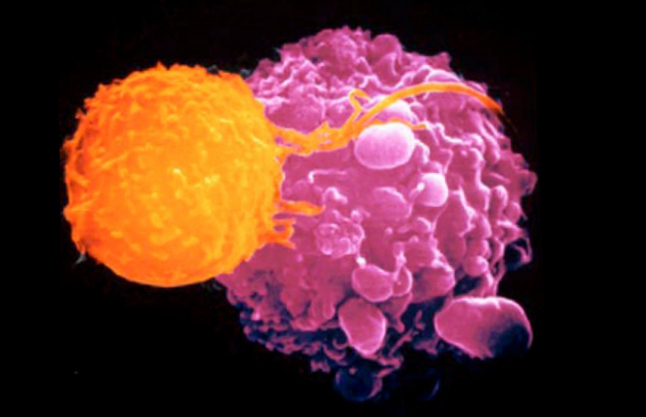Cancer is a disease that is increasing day by day and the cure for it is yet to be discovered. There are multiple treatments that are being applied and most of them generate results and outputs as well. However, there is still room for more discoveries and innovation as the disease is not the same for everyone and it needs to be catered to subjectively.
Among these treatments, immunotherapy is one to consider. It is still taken as a new approach that basically revolves around making the cells of the body strong enough to fight the cancer cells by themselves. Researchers and scientists at UCL have found out a means to determine if immunotherapy is going to be effective or not.

The detection of cancer means that the treatment must be started right away because the malignant tumors spread rapidly. However, there are some prerequisites of immunotherapy that have to be met for it to be successful. There have to be T-cells present in the tumor. Scientists have discovered a way to determine the presence of t-cells. It is done by analyzing DNA sequencing data from patients’ cancerous tumors.
DNA sequencing technology enables the tracing of the evolutionary history of how individual tumors have developed. This allows them to go through the evolutionary history of a tumor and see certain hints that depict the loss of T cell receptor excision circles needed for T cell maturation. This will help them to determine the number of cells that are present in the tumor and if they have the ability to fight cancer cells if they are strengthened by immunotherapy.

There is a kind of immunotherapy called checkpoint inhibitors that removes obstructions for T cells to kill cancer cells, but it only works if there are T cells in the tumor. Dr. Robert Bentham, the first author of the study, said: “Quantifying T cell infiltration directly from DNA sequencing provides greater predictive power of patient response to treatment without the need for additional data. Indeed, the process we’ve developed can be done without additional time or cost, beyond standard DNA sequencing.”
The tool still needs to be developed and become advanced. Once it is successful, it can help in conditions other than cancer as well.


